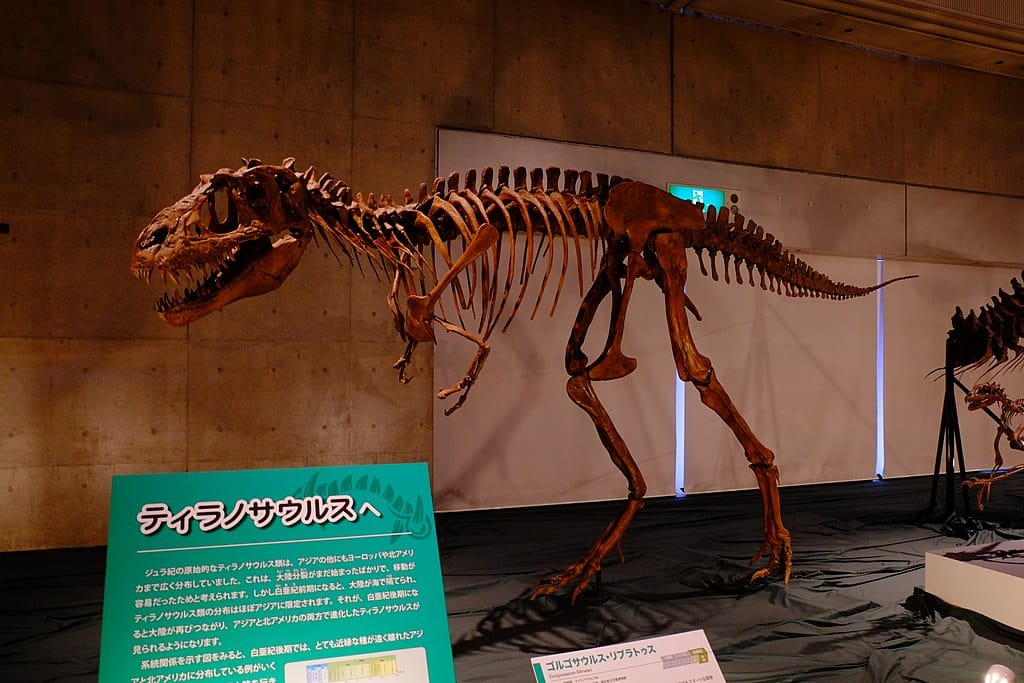The intact stomach contents of a tyrannosaur have been discovered
It seems the tyrannosaur ate only the hind legs of its prey, and likely left the rest of the carcass behind.

A few minutes every morning is all you need.
Stay up to date on the world's Headlines and Human Stories. It's fun, it's factual, it's fluff-free.
What did dinosaurs really eat 75 million years ago? We know that there were species of carnivores, herbivores and omnivores, but there’s not a lot of hard evidence when it comes to exactly what they chowed down on – not from most of the fossils that paleontologists have unearthed. In 2009, researchers in Alberta, Canada found a young tyrannosaur fossil but did not realize that its stomach contents were intact, until recently; this is a very rare find!
“Tyrannosaurs are these large predatory species that roamed Alberta and North America during the late Cretaceous. These were the iconic apex or top predators that we’ve all seen in movies, books and museums. They walked on two legs (and) had very short arms,” explains co-lead author Darla Zelenitsky, a paleontologist and professor at the University of Calgary in Alberta. “It was a cousin of T. rex, which came later in time, 68 to 66 million years ago. T. rex is the biggest of the tyrannosaurs, Gorgosaurus was a little bit smaller, maybe full grown would have been 9, 10 meters (33 feet).”
Darren Tanke, a fossil preparator at the Royal Tyrrell Museum of Paleontology in Alberta, was the one who originally discovered this Gorgosaurus fossil, finding it in the Dinosaur Provincial Park. It was stuck in a rock, and Tanke had to be careful as he removed it. When scientists were able to fully study the fossil, they found parts of two small oviraptorosaur (small, bird-like dinosaurs) inside of the tyrannosaur’s stomach, preserved over millions of years. Fossils of this smaller dinosaur are actually really hard to come by, and Zelenitsky says: “Ironically, the tyrannosaur stomach actually protected the [oviraptorosaur], enabling it to be preserved—which is quite neat.”
It seems the tyrannosaur ate only the hind legs of its prey, and likely left the rest of the carcass behind. This dino teen apparently preferred the drumsticks only. Study co-author François Therrien jokingly suggests that maybe it “didn’t want to be bothered having to cough up some feathers.”
With this fossilized evidence, paleontologists can see that the young tyrannosaur’s diet was different from a mature one’s. The study, published in Science Advances, says that the fossil shows that “juvenile individuals may have hunted small and young dinosaurs until they reached a size when, to satisfy energy requirements, they transitioned to feeding on dinosaurian megaherbivores.”
Bon appétit!




Comments ()